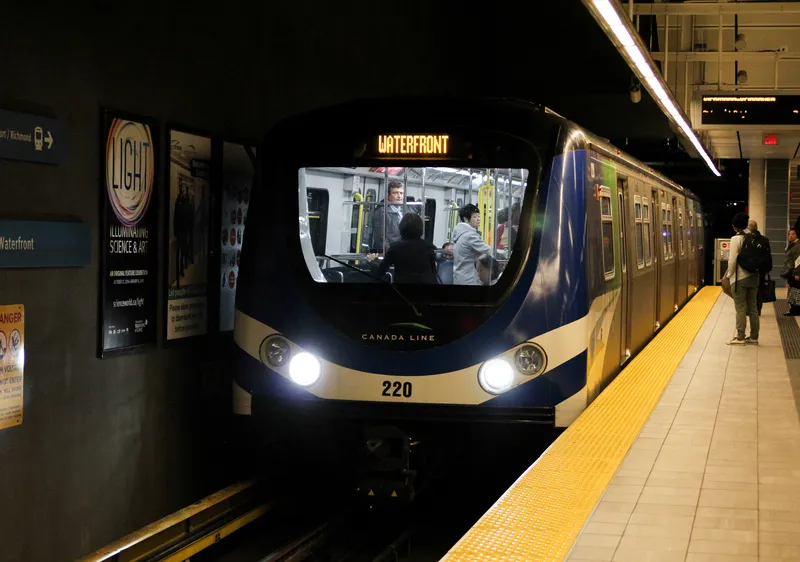A consortium consisting of
Work on the US$185 million project is due to begin in around four weeks and is expected to last 30 months. Completion and commissioning of the new section are scheduled for 2017.
The entire new section of the S5 north of Wrocław from Korzeńsko to Widawa measures approx. 48 km in length. The contract includes the planning and construction of the first 15 kilometre long section and includes the construction of two interchanges as well as access roads. The road consists of two lanes of traffic in each direction, with the width of the median strip designed to allow the future expansion of the traffic volume through the addition of a third lane.
Under the project, the consortium will build 14 bridge structures, technical infrastructure facilities such as rain channels, gas lines and illumination, as well as road passages and two rest stations. At the same time, it will also be necessary to upgrade the existing drainage network and ditches. The greenery will be partially removed, adapted or protected and re-planned at the end of the construction phase.
Strabag consortium to build section of S5 expressway in Poland
A consortium consisting of Strabag subsidiary Heilit+Woerner and Budimex is to build a 48 kilometre section of the S5 expressway between Poznań and Wrocław in Poland. Work on the US$185 million project is due to begin in around four weeks and is expected to last 30 months. Completion and commissioning of the new section are scheduled for 2017.
August 6, 2014
Read time: 2 mins










